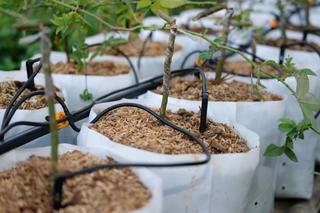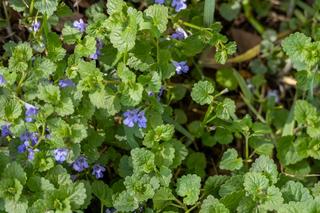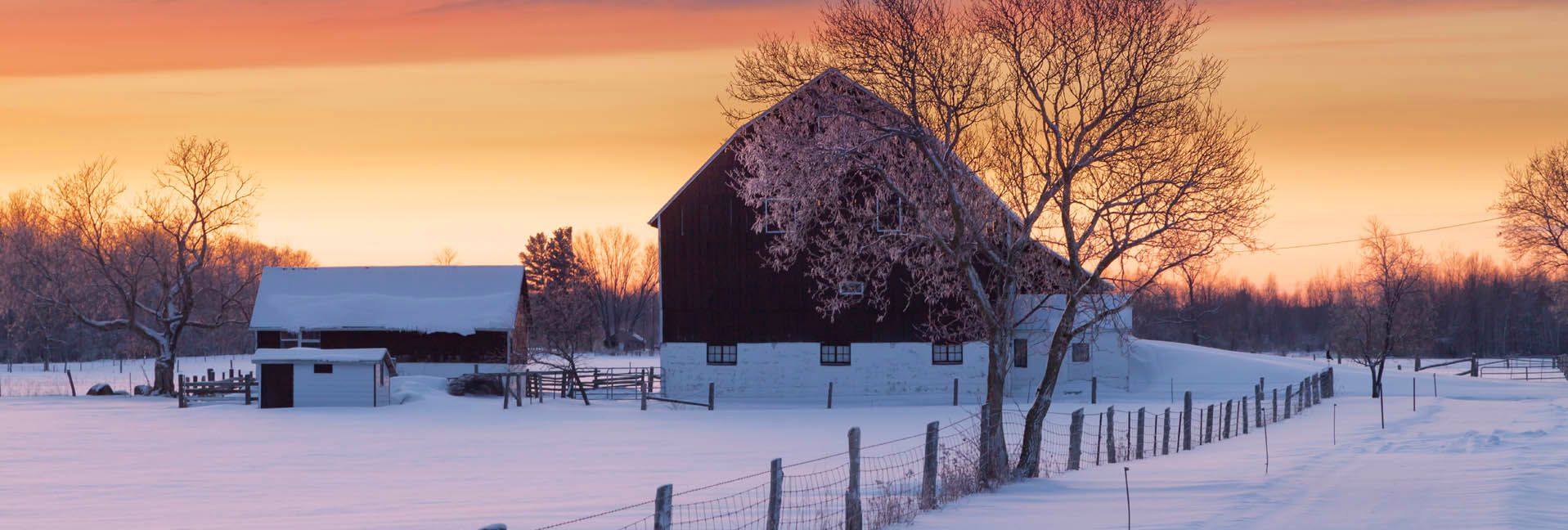Providing quality livestock feed this winter. How Much Is Enough?
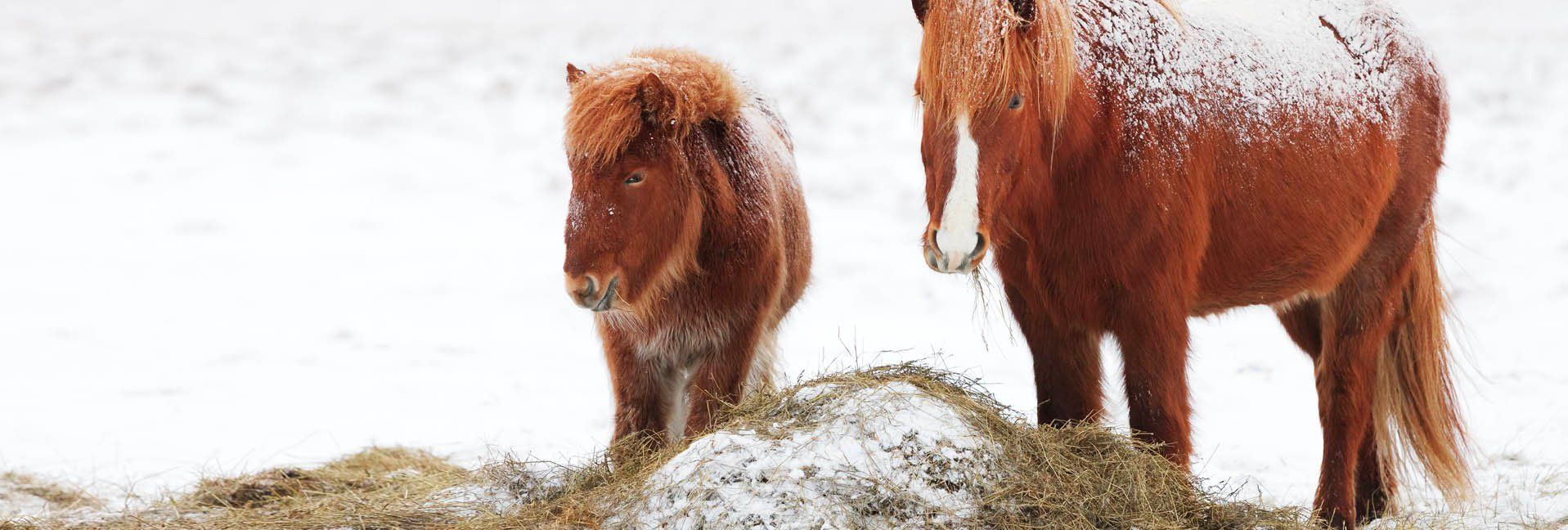

Summer is quickly coming to a close, and those of us with livestock are trying to figure how much stored feed we will need for the winter. If we end up with another harsh winter like last year, both quantity and quality will be factors to ensure enough feed for our livestock through the season.

Even if you have plenty of hay to make it through the winter, the quality may not be high enough to meet your livestock’s nutritional needs, requiring the use of supplements. You can either purchase supplements or grow crops for fall and winter supplementation. Additionally, depending on your livestock’s needs, protein tubs can be used.
If energy is the most pressing need, then corn, other grains, or byproducts with similar energy content supplemented with hay can help balance nutritional needs and stretch hay supplies. Chris Penrose, Associate Professor for Ohio State University, offers some thoughts on winter feeding options to consider if quality and quantity are major concerns.
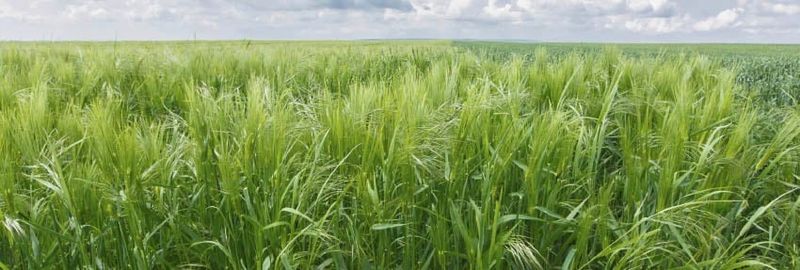
What crops can we plant?
The most common crops to grow in our region to provide additional quality and quantity for grazing are cereal rye, oats, and brassicas (turnips, rape, kale, etc.). All of these crops have good protein and energy levels.
Cereal rye
According to Ohio State University data, if your primary need for forage will be next spring, then your best option is cereal rye. It grows much like wheat and will reach from 6- to around 10-inches in height by fall. Then, after going dormant this winter, cereal rye provides most of its abundant growth in the spring.
Chris points out other advantages over wheat: Better cold-tolerance, longer growth into fall, and breaking dormancy earlier in the spring. Cereal rye also avoids Hessian fly issues that are encountered when wheat is planted before the fly-free date. Although it will produce less tonnage than oats, cereal rye grazed this fall provides very high-quality feed—much higher in protein than oats.
Oats
If your primary need for forage is yet this year, then Chris recommends oats as the best option. They do not need to go dormant in order to elongate and provide abundant growth. Instead, when planted in mid- to late-summer, oats will reach maximum height and growth in about 75 days. By planting them after the summer solstice, they will generally remain vegetative and not make seed.
Sometimes oats will push out what appears to be seed-heads, but the hulls are typically hollow. In addition, oats don’t need to be killed chemically in order to plant a row crop next spring, as rye would.
Penrose notes that both rye and oats can provide additional protein, energy, and yield to help balance your livestock needs. They have also been successfully broadcast by airplane to corn and soybean fields prior to harvest, allowing the grazing of crop residue with the oats and rye.
Brassicas
Another option is forage brassica crops such as turnip, swede, rape, and kale. These crops are highly productive and digestible and can be grazed anytime between 70 to 150 days after seeding depending on the species.
Typically, brassicas would be seeded July or August for fall and winter grazing, but there may still be time in early September to seed. Of course, this depends on Mother Nature. All members of the brassica family produce forage of exceptionally high digestibility—often 85- to 95-percent.
The leaves can be grazed from mid-September until January, depending upon critical low temperatures and snow cover. Top growth will generally survive temperatures between 15ºF and 20ºF, while bulbs will be about 5ºF hardier. If temperatures fall below this level, it is best to try to graze before temperatures return to above freezing.
The common purple-top garden-type turnip, as well as other cultivars, can yield more than 10,000 pounds of dry matter per acre. The tops average 12- to 20-percent crude protein, while bulbs contain 8- to 12-percent protein. Maximum quality of the plants occurs around 75 days (purple-top turnips tend to mature earlier than other cultivars), and maximum quality of the bulbs is around 90 days (although by then the tops start to decline).
Brassicas are very high in crude protein and energy, but extremely low in fiber. Their low fiber content results in rumen action similar to when concentrates are fed, requiring proper roughage supplementation.
Brassicas, therefore, should never comprise more than two-thirds of the forage portion of livestock diets, with the remainder provided by grass hay or stockpiled pasture. This makes brassicas an excellent option if you have some poor-quality hay to feed, especially in the fall.
Mix and match

Chris offers yet another option—mix and match crops:
Planting oats and rye together will provide additional yield in the fall from the oats and high-quality late-winter and early-spring feed from the rye.
Planting oats and brassicas will provide high yields in the fall, and the oats can provide some protection for the turnips to tolerate colder weather.
Planting turnips and rye together will provide fall and late-winter, early-spring feed. Even mixing oats, rye, and brassicas together can be successful, providing many opportunities for feed.
Stockpiling: An inexpensive option
A simpler solution Chris recommends is to “stockpile” forages—or set aside hay and pasture fields for grazing later in the fall or even winter. This low-cost option allows you to stockpile pastures or hayfields after grazing or harvesting by simply allowing the fields to grow for grazing later in the season. If the fields are predominately cool-season grass, you can apply 50 pounds of nitrogen, or N, per acre to improve quality and quantity of the stand.
It is recommended applying N prior to a rain and/or mixing an N stabilizer to reduce potential N losses. Generally speaking, 50 pounds of N per acre can increase yields by a ton and crude protein by two points.
Fescue works best, as many other cool-season grasses may not be able to withstand cold weather as well—they may need to be grazed earlier if stockpiled. When you stockpile forages, the ability to meet your needs is determined by when you start stockpiling and when you start grazing. The earlier you start to graze in the fall, the higher the quality of feed—at the expense of lower yield. Grazing later in the season means higher yields, but lower-quality.
Quality control
Forage quality changes with maturity and storage. A forage test can supply useful information about the nutritive value of hay or pasture. This information can be used to adjust the amount of supplement fed. If forage quality is high, producers can feed less supplement, resulting in savings. Conversely, if the forage quality is low, diet supplementation can improve animal performance and increase profits.
There is still time to produce additional quality and quantity of feed. Oats, rye, and brassicas offer a means for livestock producers to produce high-quality forages to extend grazing into the fall, early winter and even late winter, and balance nutrition needs if there is poor-quality hay or limited amounts to feed.
Source
We’d like to thank Chris Penrose, OSU Extension Educator, Agriculture and Natural Resources
College of Food, Agricultural, and Environmental Sciences, Morgan County. If you have a question for Chris, send him an email at penrose.1@osu.edu or call him at (740) 962-4854
Tags:Seasonal Living

Acreage Life is part of the Catalyst Communications Network publication family.





